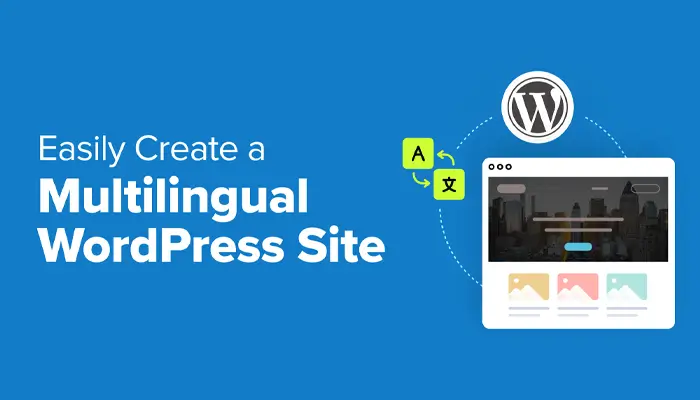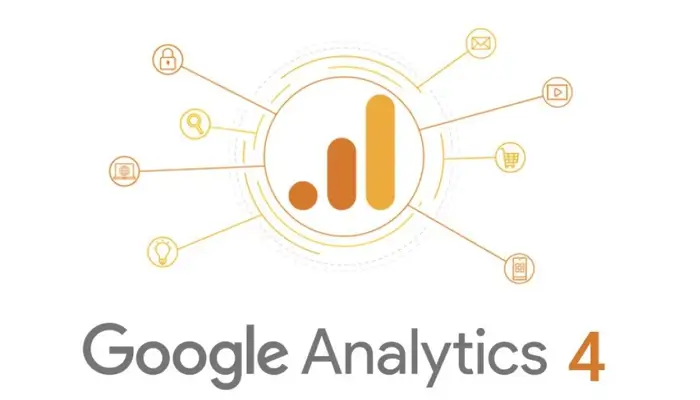
Top Cybersecurity Tips Every Freelancer and Creative Agency Should Know in 2025
August 13, 2025
The Role of AR & VR in Marketing: What Brands Need to Know in 2025
August 15, 2025In today’s digital world, businesses are no longer limited to local audiences. Whether you’re a freelancer, creative agency or small business, having a multilingual WordPress website can help you connect with clients and customers worldwide. In fact, research shows that over 70% of online users prefer browsing in their native language, making multilingual support a must-have for global growth.
Thankfully, WordPress makes it easy to add multiple languages without coding. Here’s a guide to setting up a multilingual website in 2025.
Why Go Multilingual?
- Expand Reach: Attract international clients and customers.
- Improve User Experience: Visitors engage more when content is in their language.
- Boost SEO: Multilingual websites rank higher in regional search results.
- Increase Conversions: Localized content builds trust and drives sales.
Step 1: Choose the Right Multilingual Plugin
WordPress doesn’t include multilingual features by default, so you’ll need a plugin. Popular options include:
- WPML (WordPress Multilingual Plugin): A premium plugin offering advanced translation management and compatibility with most themes/plugins.
- Weglot: Cloud-based, easy to use, with automatic translations and SEO-friendly URLs.
- Polylang: A free and premium option, lightweight and great for smaller websites.
Tip: If you need professional translations, WPML and Weglot integrate with translation services.
Step 2: Configure Languages
Once you install your chosen plugin:
- Add the languages you want to support.
- Set your site’s default language.
- Enable a language switcher in your menu, sidebar or footer so visitors can switch easily.
Step 3: Translate Your Content
Depending on your plugin, you can:
- Translate manually (best for accuracy and brand voice).
- Use AI-powered automatic translations (quick but may require editing).
- Hire professional translators directly through plugin integrations.
Pro Tip: Always translate menus, buttons and meta descriptions, not just blog posts and pages.
Step 4: Optimize for Multilingual SEO
To ensure your site ranks globally:
- Use hreflang tags (many plugins handle this automatically).
- Create unique meta titles and descriptions for each language.
- Generate separate sitemaps for different languages.
- Focus on local keywords, what ranks in English may differ in Spanish, Arabic or French searches.
Step 5: Test and Monitor
Before launch, test your multilingual setup:
- Switch between languages and check for broken layouts.
- Ensure translated forms, checkout pages and product descriptions work correctly.
- Use tools like Google Search Console to track multilingual performance.
Conclusion
Adding multilingual support to your WordPress website in 2025 is a smart move for creatives and businesses aiming to reach a global audience. With plugins like WPML, Weglot or Polylang, you can expand your reach, improve user experience and grow internationally, all without needing coding expertise.
Remember: a multilingual site isn’t just about translation, it’s about localization, adapting your content to connect with audiences worldwide.
If you have any questions regarding “Adding Multilingual Support to Your WordPress” feel free to contact us. For inquiries and consultations, call us at: +92 321 4808303 or Email us at: hello@owaisgilani.com.
Disclaimer: The information shared on this website is for educational and informational purposes only and reflects my personal views and experiences. While I strive to provide accurate and helpful content, readers should use their own judgment and consult with a qualified professional before making any decisions based on the information here. I am not responsible for any actions taken based on this content. Feel free to reach out to me if you need clarification or have questions before using any part of this information.



